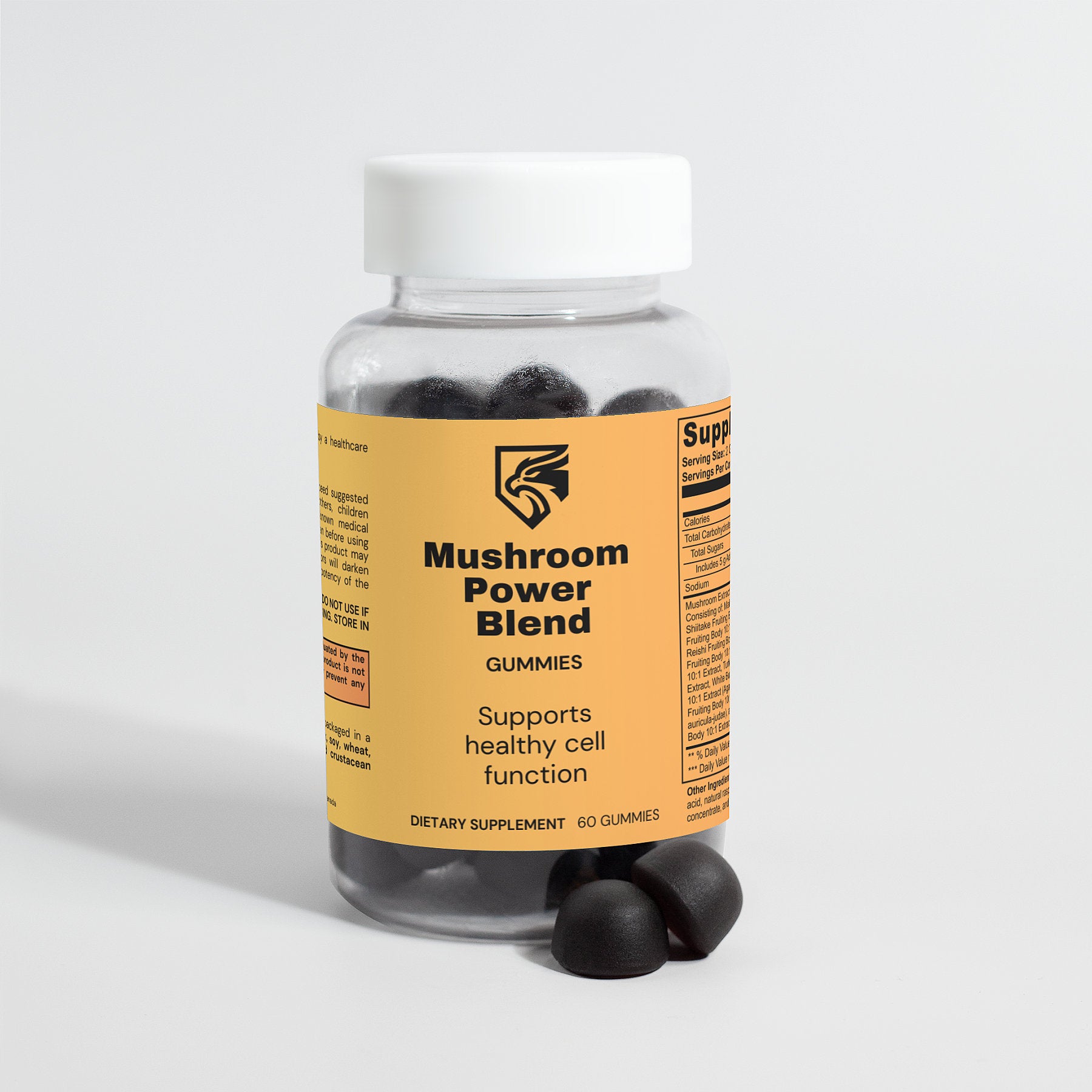Introduction: Prostate cancer is a prevalent concern among men, and there's often confusion about its relationship with testosterone. This comprehensive guide aims to separate fact from fiction regarding testosterone's role in prostate cancer risk.
Step 1: Understanding Prostate Cancer
- Define prostate cancer: Prostate cancer is a type of cancer that develops in the prostate gland, which is a crucial part of the male reproductive system.
- Highlight risk factors: Age, family history, and ethnicity are established risk factors for prostate cancer.
- Discuss screening methods: PSA (prostate-specific antigen) tests and digital rectal exams are common screening methods for prostate cancer.
Step 2: Exploring Testosterone
- Define testosterone: Testosterone is a hormone primarily produced in the testes and is responsible for various male characteristics and functions.
- Explain testosterone's role: Testosterone plays a vital role in muscle mass, bone density, libido, and overall well-being in men.
- Discuss normal testosterone levels: Normal testosterone levels vary by age but generally range from 300 to 1,000 nanograms per deciliter (ng/dL).
Step 3: Debunking the Myth: Testosterone Causes Prostate Cancer
- Examine historical beliefs: Past theories suggested that higher testosterone levels might increase prostate cancer risk.
- Present current research: Recent studies have shown no conclusive evidence linking normal testosterone levels to an increased risk of prostate cancer.
- Highlight contradictory findings: Some studies even suggest that low testosterone levels might be associated with a higher risk of aggressive prostate cancer.
Step 4: Understanding the Role of Testosterone Therapy
- Define testosterone therapy: Testosterone replacement therapy (TRT) involves boosting testosterone levels in men with low testosterone through gels, injections, or patches.
- Discuss potential concerns: There's ongoing debate about whether testosterone therapy increases prostate cancer risk.
- Present current evidence: Recent research indicates that testosterone therapy does not significantly increase the risk of prostate cancer in men with low testosterone levels.
Step 5: Cost of Testosterone Testing and Therapy
- Outline costs: Testosterone testing costs vary but generally range from $100 to $300. Testosterone therapy costs can range from $30 to $300 per month, depending on the method.
- Discuss insurance coverage: Some health insurance plans may cover testosterone testing and therapy, but coverage varies widely.
- Highlight affordability: Generic testosterone medications and regular monitoring can help manage costs for individuals undergoing testosterone therapy.
Step 6: Potential Benefits of Testosterone Therapy
- Discuss potential benefits: Testosterone therapy can improve symptoms of low testosterone, such as fatigue, low libido, and mood changes.
- Highlight quality of life improvements: Many men report increased energy, muscle strength, and overall well-being with testosterone therapy.
- Emphasize individualized approach: Testosterone therapy should be tailored to each patient's needs, considering factors like age, symptoms, and overall health.
Step 7: Consulting a Healthcare Professional
- Stress the importance of medical guidance: Men concerned about prostate cancer risk or considering testosterone therapy should consult with a qualified healthcare provider.
- Discuss risk assessment: Healthcare providers can evaluate individual prostate cancer risk factors and discuss the potential benefits and risks of testosterone therapy.
- Encourage open communication: Patients should openly discuss any concerns or questions with their healthcare provider to make informed decisions about prostate health and testosterone management.
Step 8: Monitoring and Follow-Up
- Emphasize regular monitoring: Men undergoing testosterone therapy should receive regular follow-up appointments to monitor testosterone levels and assess prostate health.
- Discuss potential side effects: Healthcare providers will monitor for potential side effects of testosterone therapy, such as changes in prostate-specific antigen (PSA) levels.
- Highlight the importance of proactive care: Early detection and intervention can help manage any potential risks associated with testosterone therapy and prostate health.
Step 9: Conclusion
- Recap key points: Understanding the relationship between testosterone and prostate cancer risk is essential for informed decision-making.
- Stress the importance of evidence-based information: Debunking myths and understanding current research can empower men to prioritize their prostate health effectively.
- Encourage proactive care: Men concerned about prostate cancer risk or considering testosterone therapy should seek guidance from healthcare professionals to ensure optimal health outcomes.







Leave a comment
All comments are moderated before being published.
This site is protected by hCaptcha and the hCaptcha Privacy Policy and Terms of Service apply.